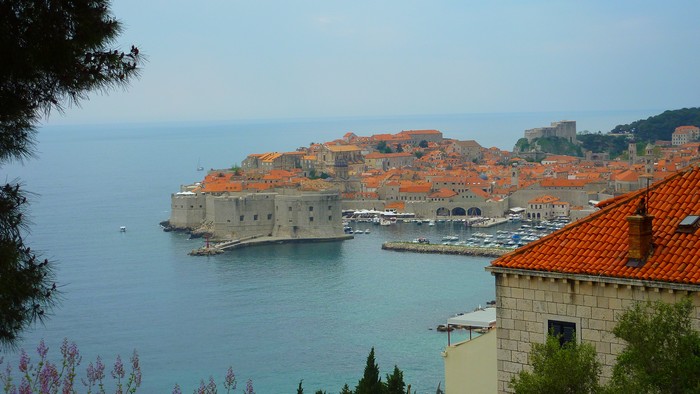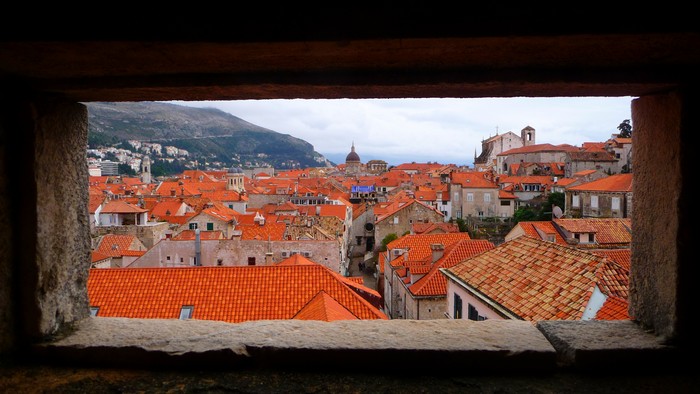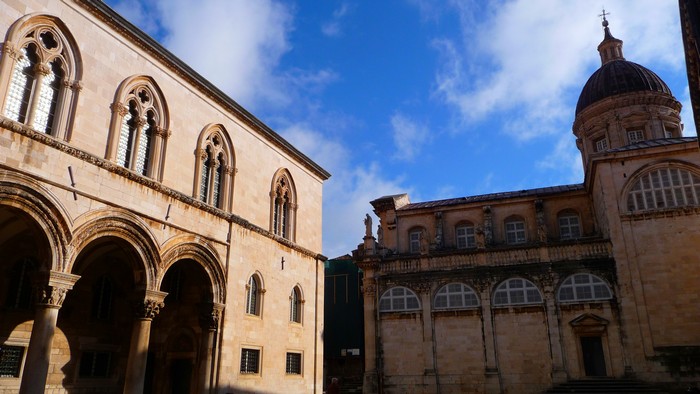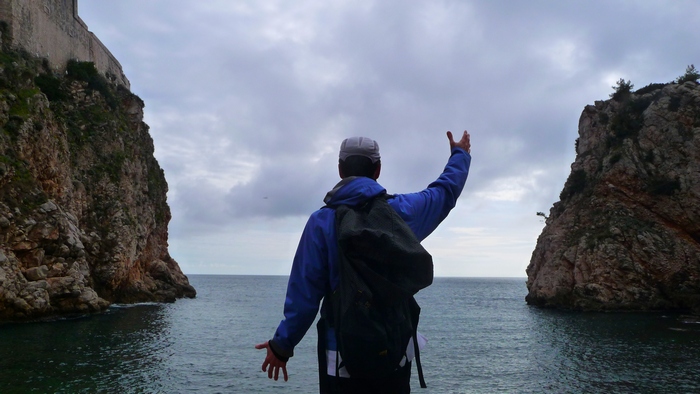Where to go in Croatia
Places I saw and recommend in Croatia: Dubrovnik, Plitvice National Park, Šibenik, Hvar, Korčula, Split, and Zadar.

Croatia's Dalmatian coast is one of the most beautiful coastlines in the world. It’s far from the stereotypical grayness and blocky Soviet architecture that still dominate some parts of Eastern Europe.
Because of its beauty, it’s natural that it’s the first place in Hidden Europe that is no longer so hidden. Nevertheless, it’s remarkable how many people have yet to explore it.
If you want to experience the Dalmatian coast fully, voyage on a vessel. If you wish to sail with whales or travel aboard modern yachts, you can check out luxury Croatia cruises.

It's fun to read old travelogues to see how little has changed. In the mid-1930s, Rebecca West was "cramped" in a Yugoslav train compartment with "unhappy-looking German tourists" who were taking a break from Nazi-land. The Germans had a sense of "German superiority to all non-German barbarity." So Rebecca had to ask, "But why are you going to Yugoslavia if you think it is all so terrible?"
The Germans replied, "We are going to the Adriatic coast, where there are many German tourists, and for that reason, the hotels are good."1 Today, German tourists still flock to Dalmatia, but only a few still carry that same attitude of 80 years ago.

If the Dalmatian Coast is the crown of Croatia, then Dubrovnik is the finest jewel on that crown. Lord Byron called Dubrovnik "the pearl of the Adriatic." Founded 1,300 years ago, Dubrovnik fell to the Venetian Empire in 1205. In 1358, Hungary defeated the Venetians, but in 1382, Dubrovnik bought its freedom from Hungary and became an independent and wealthy republic. It did well until Napoleon crashed the party in 1808.
I arrived in Dubrovnik by taking a seven-hour ferry from Hvar, a bus ride from Split, and a hitchhike from Mljet, but I rode in Ana's car this time. You won't want to leave no matter how you come to Dubrovnik.
Dubrovnik is Venice's ugly sister, but Venice is such a supermodel that Dubrovnik is still magnificent. Unlike Venice, Dubrovnik is like a grid in a bowl. Because the edges of the town curve up, it adds an extraordinary dimension, although people who hate stairs will avoid the town's edges. After entering through the Pile Gate, you walk down the Placa, the main promenade, until you reach the clock tower. Everywhere you look is a work of art.
Dubrovnik was built like a fort. You can walk on top of its impressive walls. They're two kilometers (1.25 miles) long and up to 25 meters (yards) high with 16 towers. Dubrovnik is the poor man's Venice and that's still pretty darn good.
This is an excerpt from The Hidden Europe: What Eastern Europeans Can Teach Us. Read my 2004 blog post on Croatia: Cavorting in Croatia. And see photos of where I wrote most of my book: Crveni Vhr, Croatia.
Recommended reading
Read up about Croatia in Wikipedia and Croatia in the CIA Factbook.





